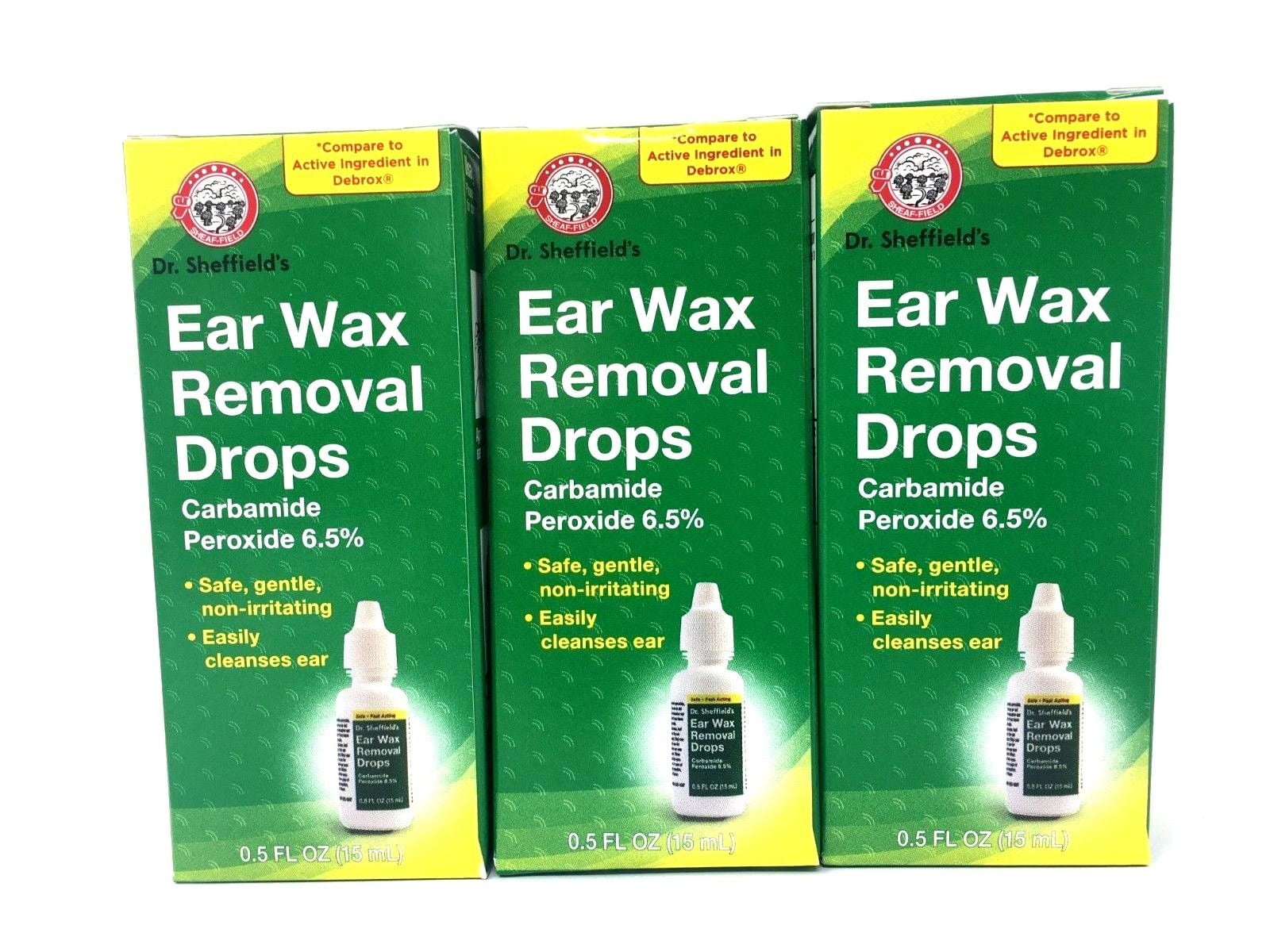
This solution can be effective as the wax will be more easily pushed out of your child's ear canal and into the channel, where it may be easily cleaned with a washcloth. For example, hydrogen peroxide or Debrox ® formula is often recommended for children with cerumen impaction. They can assist children with impacted earwax and are readily available in medical stores. It can force more wax into your ear canal and rupture your eardrum.Īnother method is purchasing safe earwax softening solutions. However, you should avoid inserting anything, not even a cotton swab, into the ear canal. Most experts advise using a moist washcloth to clean the outer ear exclusively having your child take a warm bath help to soften the wax and make this process easier. Washcloths and water are all you need to clean your kid's ears. Read on to learn about some things you can do at home to help your child and some strategies a doctor might employ.
Remove ear wax children how to#
How to clean kids' ears?Īlthough removing earwax that is visible at the ear canal's opening can be quickly done at home with a washcloth, consulting a physician for severe symptoms is always recommended. In that case, knowing the proper tools and techniques for how to clean children's ears can be helpful for parents and grown-up kids. In addition, too much earwax can make it difficult to hear and may also lead to a blocked ear canal, ringing in the ears, fullness, discharge, pain, itching, a foul stench, and even a cough. However, if too much wax accumulates in the ear, it can develop impaction and cause ear infections or other unpleasant symptoms. As a result, pediatricians often advise parents not to worry about cleaning their child's ears until their children complain about problems. In addition, it has enzymes that help keep germs and fungi from thriving in the ear, providing additional protection. It protects against the ingress of moisture, dust, dirt, and other foreign bodies into the ear canal. What is earwax?Ĭerumen, more often known as earwax, is a wax-like substance produced by our ear canals. But before using an ear cleaning curette at home, it's essential to understand the proper techniques, time, and safe practices. However, there are correct and improper methods to follow. Therefore, it must be eliminated if this is the case. But, of course, if it continues to accumulate, it can become a problem for your ears and your overall health. The buildup of earwax is actually beneficial.

Wax buildup in a child's ear may not be aesthetically pleasing, but it is usually safe to ignore. If you do need to clean your child’s ear, gently use the twisted corner of a tissue.Many parents have this question: should they clean their child's ear? Most pediatricians don's see normal earwax buildup as a cause of concern. They can push ear wax in deeper, cause it to build up, or even damage the ear canal or drum. In more serious cases of ear wax build-up, your child might need to see an ear, nose and throat specialist.ĭon’t use cotton buds to clean your child’s ear. Or the GP might use microsuction, which gently sucks out the wax. Sometimes your GP will use a syringe to flush out or remove the wax.

If your child has a regular build-up of ear wax, your GP might prescribe special ear drops. You can also use a few drops of olive oil. You can soften ear wax with drops that you can buy from your pharmacy. Treatment for ear wax build-upĮar wax build-up is usually harmless and easily managed.

You should take your child to the GP if they have a build-up of ear wax that won’t soften with drops from the pharmacy.Īlso see your GP if your child has sudden hearing loss, dizziness, ringing in the ear or unmanageable pain in their ear. Medical help: when to get it for children with ear wax build-up The build-up can also cause dizziness, mild hearing loss or ringing in the ear.

When ear wax builds up, it can cause discomfort like an earache. The ear has 3 main parts – the outer ear (the ear canal and ear lobe), the middle ear (which is behind the eardrum and linked to the throat via a small tube), and the inner ear (which has the nerves that help to detect sound). But sometimes a build-up of ear wax can block the ear canal. Along with chewing and talking, this process of renewal usually moves wax out of the ear. The ear canal’s lining constantly renews itself. When it comes into contact with air, it gets harder and becomes yellowish-brown. When it’s first made, ear wax is soft and colourless. It’s a filter for your child’s ear, protecting the ear canal from water, infection, trauma and foreign objects.Įar wax comes from glands in the ear canal.


 0 kommentar(er)
0 kommentar(er)
